Iran Press/ Iran News: Religion plays a large role in Iranian society. Islamic principles regarding law, politics and social customs continue to influence Iran’s laws and political interactions. The vast majority of the Iranian population (99.5%) identify as Muslim, mostly of the Shia denomination. Even though most of its people are Muslims, the country is home to numerous religions. Small communities of Christians, Jews, and Zoroastrians are also found throughout the country.
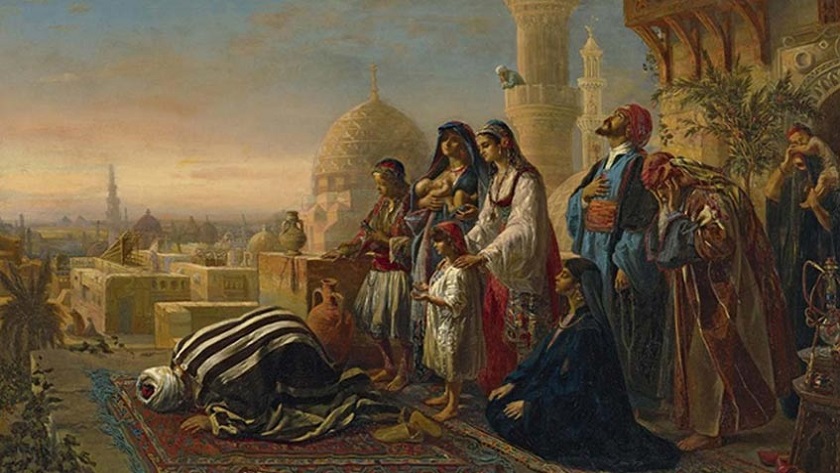 Iranians and religion are intertwined throughout history
Iranians and religion are intertwined throughout history
Ancients religions in Iran
During the ancient times, when the first tribes lived in the old land of Persia and organized the first cities and civilizations, they had their own legendary philosophies which little by little changed to the Mithraism religion. Mithra was the god of faith and loyalty; but the first official Iranian religion, which was assigned during the Achaemenid era, was Zoroastrianism, and the lord was Ahura Mazda, the creator and the keeper of all the goodness in the universe. Zoroastrianism is the glorious religion of purity believing in Good words, Good thoughts and Good Deeds.
Related news:Nur-Sultan hosts 7th Congress of Leaders of World and Traditional Religions
For ages and decades and as the result of cultural confrontations, wars and migrations other religions have entered Iran. A population of Jewish people has lived in Iran since ancient times, and Christianity in Iran was grown since the early years of the faith in two minority groups of Armenians and Assyrians. This is more than 14 centuries since Islam entered Iran and now it is the official religion in Iran.
 Shia Islam is the major religion in Iran
Shia Islam is the major religion in Iran
Islam in Iran; Official Iran’s Religion
Iran has a deep Islamic history. Impressive Islamic architecture and monuments throughout the country are visible reminders of this history. In Iran, 99.5% of the population are Muslims of whom 90-95 percent are Shia, and 5-10 percent are Sunni. In order words, Islam is the country’s main religion. For the vast majority of the Iranian population who identify as Muslim (Shia), Islam plays a significant role in their personal, political and legal lives. The country has long been a center for Islamic scholarship, with Iran being home to one of the oldest and most respected institutions of Islamic education in the world.
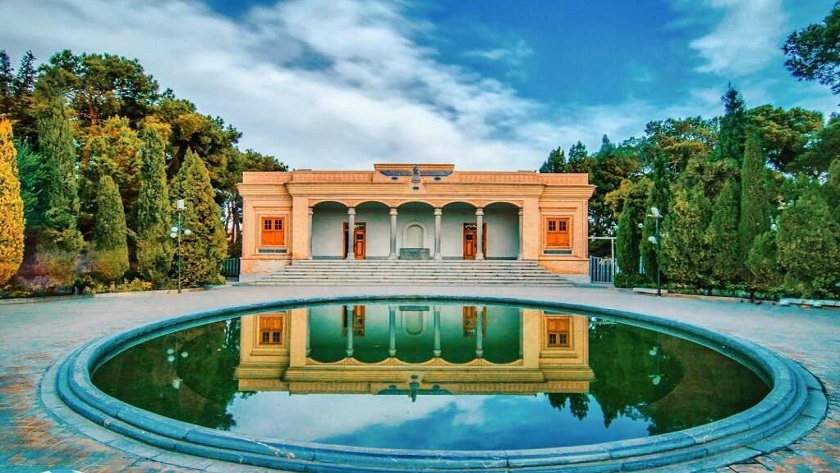 Fire temple in Yazd holding an ancient fire
Fire temple in Yazd holding an ancient fire
Zoroastrianism in Iran
Zoroastrians are the oldest remaining religious community in Iran before the Islamic era. Zoroastrianism may have originated as early as 4,000 years ago. The rise of Islam in Persia coincided with a steep decline in Zoroastrian followers. The prophet Zoroaster is regarded as the founder of Zoroastrianism, which is arguably the world’s oldest monotheistic faith. Most of what is known about Zoroaster comes from the Avesta—a collection of Zoroastrian religious scriptures.
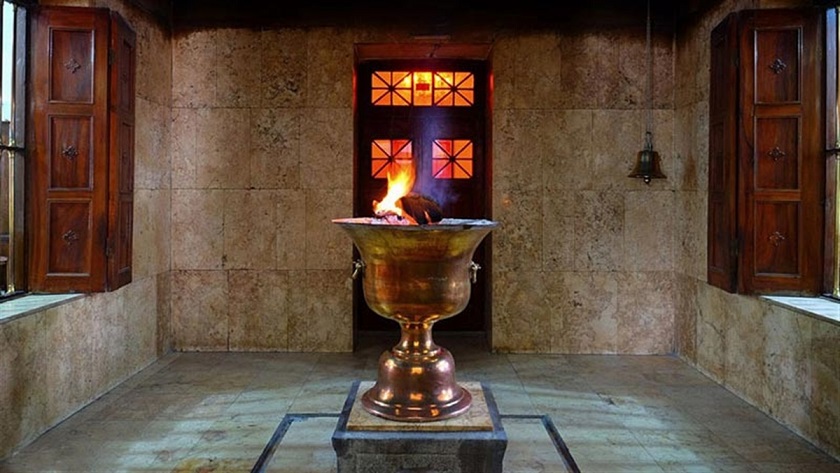 A 1500-year fire is held in Yazd temple
A 1500-year fire is held in Yazd temple
Christianity in Iran
Christianity in Iran had a long history, like other religions in Iran dating back to the very early years of the faith. In fact, Christianity arrived in Iran during the Parthian (Ashkanian) era. Since up to 99 percent of the population are Muslims, Christians are a minority religion in Iran. Approximately 800,000 Christians are living in Iran nowadays. However, Christians of Iran have played a significant part in the history of the Christian missions. The biggest population of Christians in Iran includes 80 to 120 thousands of Armenians who are living in Tabriz, Tehran, and Esfahan.
 St Stepanos church is an old Christian cultural heritage
St Stepanos church is an old Christian cultural heritage
There are two major types of Iranian Christians: ethnic and non-ethnic Christians. Ethnic Christians include Armenians, Chaldeans, and Assyrians. Armenians are the largest Christian group. Their current population has significantly declined—from 300,000 in 1979 to between 40,000 and 80,000 today. They hold two seats in the Majles but also have observer status in the powerful Guardian Council and Expediency Councils, the two oversight bodies.
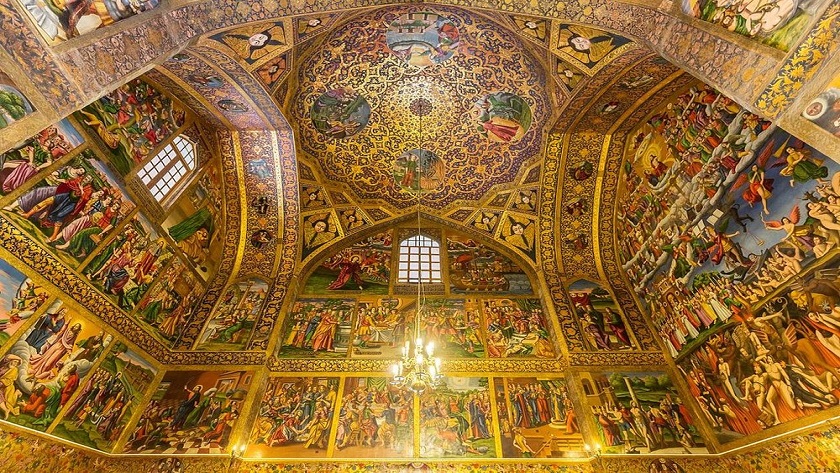 Vank church in Isfahan
Vank church in Isfahan
Judaism in Iran
Like other minorities in Iran, the Jewish population of Iran has an ancient background, too. Some say they have lived in Iran since 3000 years ago. They are now residing in Shiraz and Esfahan and have their own Synagogues for their religious affairs. The Jewish people in Iran have their own representative in Parliament.
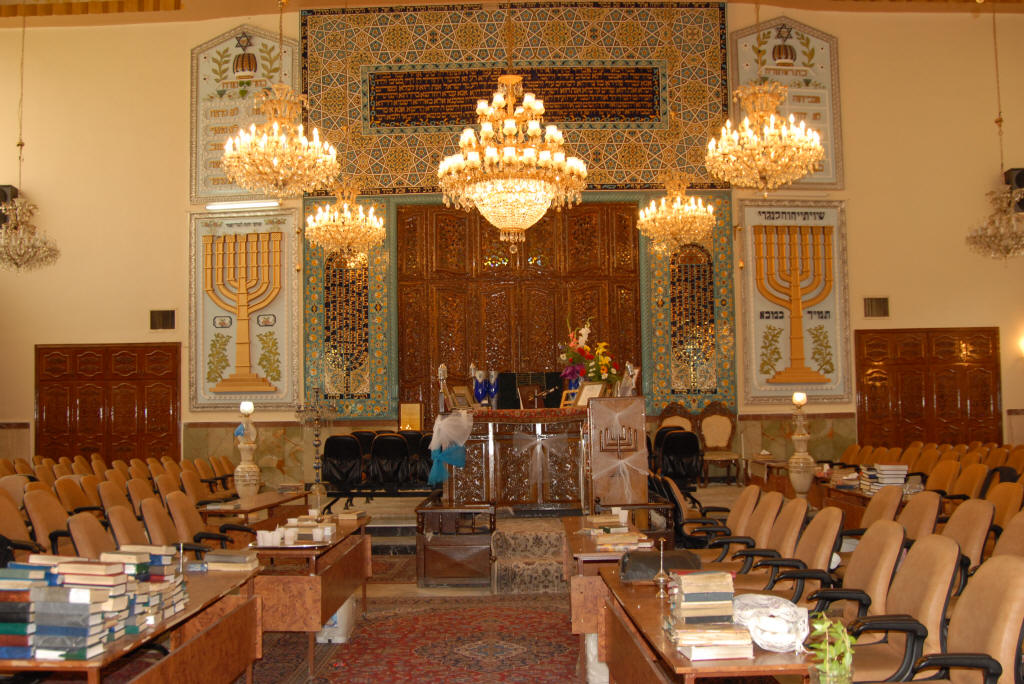 A synagogue in Iran
A synagogue in Iran
Diversity in Religion; solidarity in living
For thousands of years, Iran has stood out as a culture that prized diversity and a place where religious minorities have flourished as independent communities.
Today this value is continued an all religions practice their faith while living peacefully in solidarity as Iranian citizens. Also, the followers of each faith have a representative in Iran's Parliament or Islamic Consultative Assembly.
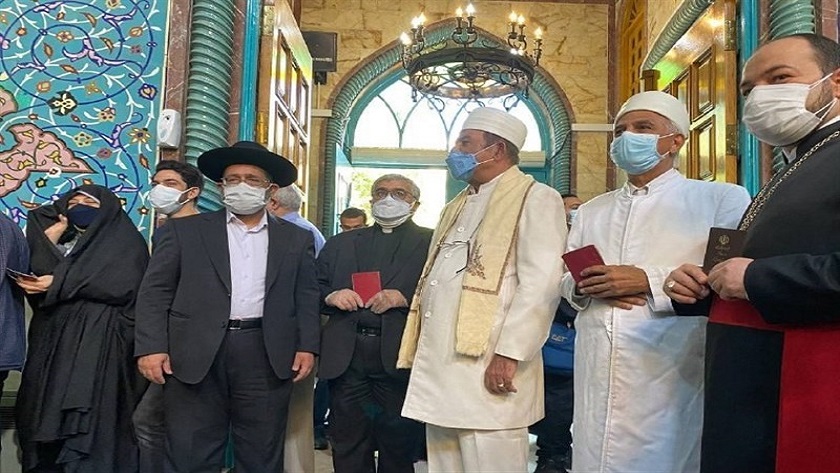 Iranians with different religions participate in elections
Iranians with different religions participate in elections
Iran has given shelter to followers of religions that were oppressed by their empires throughout history. Also, the “Crossroad of Religions” on 30th Tir Street in Tehran is another sign of this friendship. You can see fire temples, synagogues, mosques, and churches on each side of this crossroad. So, if you want to see the peaceful coexistence of religions, Iran religious tours might be what you want.
Read More:
Leader emphasizes on hope, religious motives of martyrs
Minister of Culture calls for more inter-religion meetings
Ashkan Salehian

